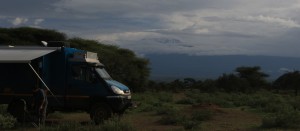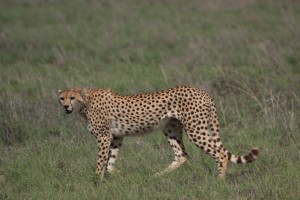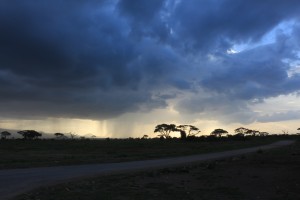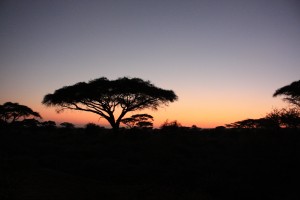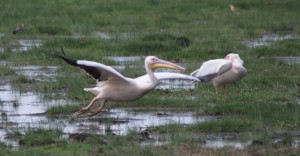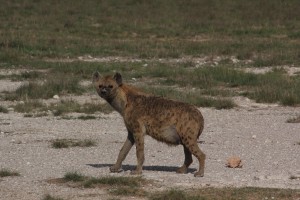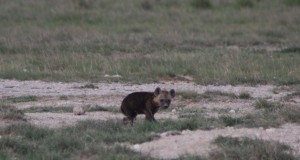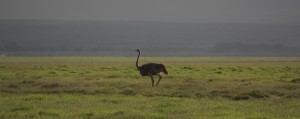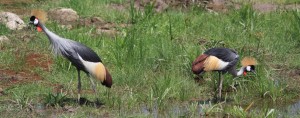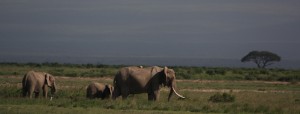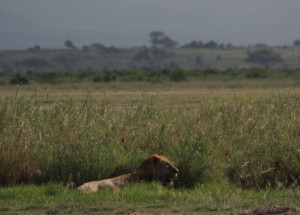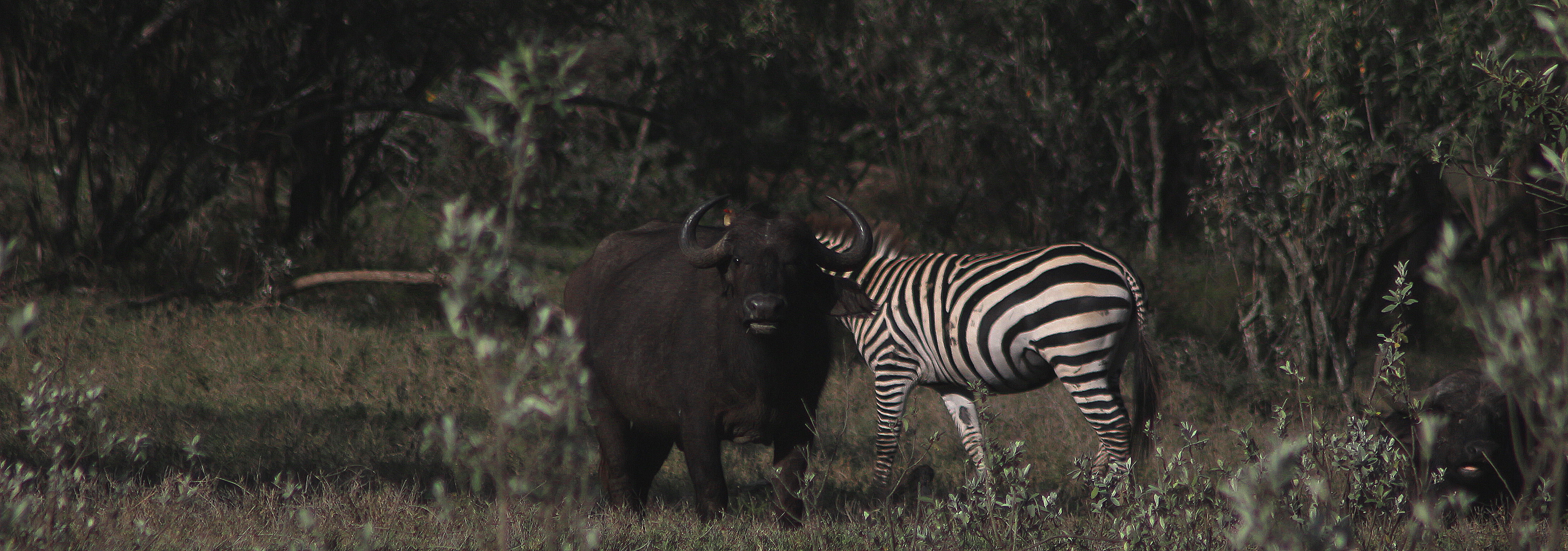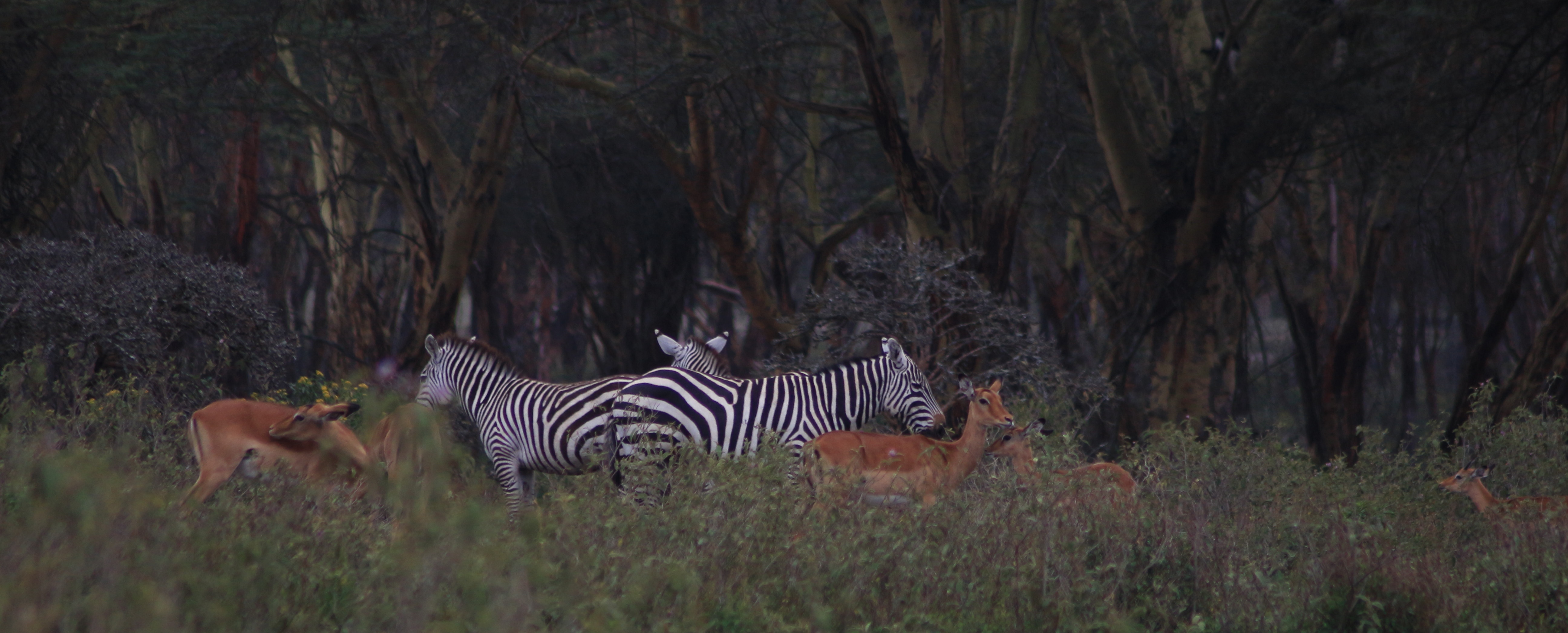December 2014
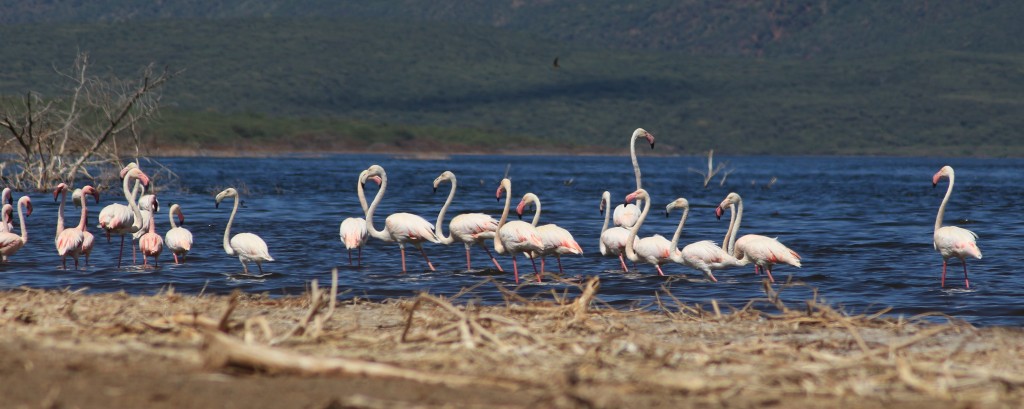 As we head over from Uganda into Kenya at the Malaba Border, our pre-conceived perception of Kenya (rightly or wrongly) is one of ‘safari-land’…… and probably an expensive one at that! So is this perception fair? Is there more to Kenya than elephants? These and other questions about Kenya are unlikely to be keeping you awake at night, but if you have an idle curiosity, then Cuthbert’s report may be just the ticket 🙂 !
As we head over from Uganda into Kenya at the Malaba Border, our pre-conceived perception of Kenya (rightly or wrongly) is one of ‘safari-land’…… and probably an expensive one at that! So is this perception fair? Is there more to Kenya than elephants? These and other questions about Kenya are unlikely to be keeping you awake at night, but if you have an idle curiosity, then Cuthbert’s report may be just the ticket 🙂 !
We first headed along the main ‘super-highway’ from the border towards Eldoret. As one of the main ‘trans-africa’ lorry routes this was an unpleasant and hazardous drive, with large numbers of manically driven trucks transiting from the Kenyan coastal ports to the land-locked countries of central Africa. It was not dissimilar to one of our previous trans-african routes across south-west Tanzania towards the Zambian border (see Highway from Hell) – although if we had to rank them, the Tanzanian route would probably win for the combination of poor road surface, steep gradients and sheer lunacy of the truck drivers !
At the end of this ordeal is the regional town of Eldoret. What can we say? Let’s be generous and just say that it does not feature highly on the list of Kenya’s ‘must see’ attractions! According to our guidebook however, the nice bit starts shortly after Eldoret at the small town of Iten on the edge of the Rift Valley. Okey dokey…. Kenya Day 1 has a target night-stop destination of Iten!
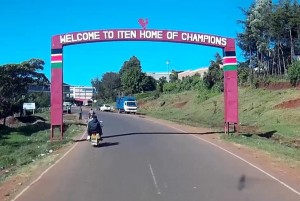 At over 7,000 ft altitude, Iten sits on top of a plateau in western Kenya. Its altitude gives it a pleasantly cool climate, making it the perfect training ground for Kenya’s world class runners. There are plenty of these athletic specimens to be seen around the edge of town, out training in their Nike ‘day-glo’ gear – but we won’t be joining them for a jog today (we wouldn’t want to show them up 😉 ).
At over 7,000 ft altitude, Iten sits on top of a plateau in western Kenya. Its altitude gives it a pleasantly cool climate, making it the perfect training ground for Kenya’s world class runners. There are plenty of these athletic specimens to be seen around the edge of town, out training in their Nike ‘day-glo’ gear – but we won’t be joining them for a jog today (we wouldn’t want to show them up 😉 ).
We parked Cuthbert at a pretty site near Iten for his first night in Kenya. The town is small, but has an ATM accepting international Visa cards (a bit of local currency…. always comes in handy!) and there is a telecoms shop for a Kenyan SIM card with data-package. With money and internet-access sorted, we are now ready for Day Two in Kenya!
Athletic figures and travel-conveniences aside, Iten is also interesting for its location teetering on the very edge of the 3,500 ft Rift Valley escarpment. The views over the plains and lakes below and the various cliff-hanging waterfalls are spectacular, but yet again (as is lamentably all too familiar for us on this trip) the haze in the atmosphere did not make for many good photographic opportunities 🙁
The route took us from Iten down a steep descent into the Rift Valley as the stunning (but still hazy!) views continued to reveal themselves around each corner. It leads up again over a steep ‘sub-ridge’ that sits (rather inconveniently but very beautifully) in the middle of the valley, dividing it in two. Continuing over this mountainous sub-ridge we saw an icon on our T4A sat-nav: ‘Rhino Camp’, just a few kilometres, down a side-track off the road. Surely worth investigating….? we thought. After half an hour of rough, uncomfortable track and numerous bush-scratches to poor old Cuthbert’s paint-work, we answered our own rhetorical question… ‘No!’. Nothing to see here… moving swiftly on! At least we provided some amusement to the local women doing their laundry as we forded past them in the rivers!
So with the ‘phantom’ Rhino Camp well behind us, we headed down the ridge into the second half of the Rift Valley, to the shore of Lake Baringo. This lake is small – not on the scale of some of our previous Lake-stops, (like the vast Lakes Kariba, Malawi, Tanganyika and Victoria) but it is still quite beautiful. We spent a pleasant evening in the campsite, chatting to an Austrian motorcyclist chap in his 60s who had biked on his own all the way from Europe to Kenya, via Egypt, Sudan and Ethiopia. The fascinating people that we meet on our travels are a continuous source of amazement to us. We thought that we had a sense of adventure undertaking our Cuthbert-trek around Africa, but our journey is nothing compared to the ‘derring-do’ of some of the other overlanders that we meet!
Next stop, just south of Lake Baringo is the Lake Bogoria Reserve. This lake is advertised to be very picturesque with thousands of flamingos, plus a collection of geyers and hot-water springs. There are apparently also zebra, kudu, leopard and buffalo in the park. Sounds good huh?
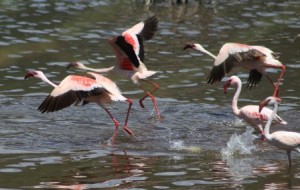 The first disappointment was to arrive at the gate and find that the entry and camping prices had risen to US$130 – almost 300% over those indicated in our guide book. Never mind… if it’s as good as they say, it will be worth paying. The second disappointment… the gate-lady explained that the lakeshore campsite had been flooded by the rising lake, but not to worry – they had made a new temporary site nearby, so we could use that instead. Okey dokey… in we go!
The first disappointment was to arrive at the gate and find that the entry and camping prices had risen to US$130 – almost 300% over those indicated in our guide book. Never mind… if it’s as good as they say, it will be worth paying. The second disappointment… the gate-lady explained that the lakeshore campsite had been flooded by the rising lake, but not to worry – they had made a new temporary site nearby, so we could use that instead. Okey dokey… in we go!
Straight away we saw a few flamingos – lovely, but not quite the ‘thousands’ advertised! Setting off down the lake-shore route, it soon became apparent that it was not only the campsite that had been flooded out by the rising lake-waters, the road had also been flooded out! A detour track leads away from the lakeshore and down through the park, but with far less scenic views than would have been enjoyed from the normal road. Never mind we thought, the geysers would be a worthwhile spectacle. Well…… ‘No’. We soon realised that the detour track was taking us away from the part of the lakeshore marked as the site of the geysers. And when we reached a vantage point to be able to see down to the geyser site, we saw that the geysers had been flooded out too!! They had all been swallowed up into the rising lake! A sign pointed to some ‘Hot Springs – 3 km’, which turned out to be a few very small springs bubbling out of the rocks – not a geyser in sight! The springs were admittedly extremely hot; so hot that people had been cooking eggs in them and having picnics, with the resulting litter blowing into the bubbling rock-pools… how attractive! We found some sticks lying around which were long enough to reach into the boiling water-pools and flick out the litter for a ‘clean’ photo. Even after this attention, it was not the most spectacular sight in the world to satisfy our high expectations of gushing geysers!
Extremely disappointed with the day’s sight-seeing, we headed on to the temporary campsite at the far end of the lake, but this also seemed to be mysteriously absent. Fed up with our Lake Bogoria experience, we decided to make the most of Cuthbert’s wild-camp capabilities. We found the most advantageous point that Cuthbert could drive to and parked-up on a random flat piece of ground with stunning views over the Lake. Marvellous! There are few disappointments in Africa that don’t seem better with the benefit of a nice view and a sun-set G&T!
All in all however, had we not had the Cuthbert-ability to pick a lovely spot and wild-camp with our all own facilities, this would have been an extremely disappointing and expensive day out. We managed to get a few nice pictures of flamingos, but they were unfortunately few in number and in our whole time in the park the only animals that we saw were farmed cattle! If you plan to visit Lake Bogoria any time soon, check ahead whether the geysers are still flooded-out and consider whether you want to pay such a high price to see a few littered rock-pools with a bit of bubbling water 🙁 And if after all this, you are still persuaded to go, make sure you take a 4×4 vehicle – as the normal tar road is now under water, there are only very rough tracks to get around the park!
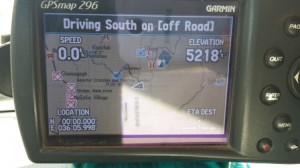 Anyway…. enough ranting about Bogoria 🙂 … leaving the Reserve by the southern gate, we continued back over the Equator into the southern hemisphere. We took the little-used back-roads and, unlike our crossing from the southern to the northern hemisphere on the main road in Uganda a few weeks ago, there was a conspicuous absence of tourist signs, lines across the road, or any quality tat-souvenir stalls in the verges. Good job we had Wallace the trusty GPS, indicating 0°00’N closely followed by 0°00’S as we crossed the line!
Anyway…. enough ranting about Bogoria 🙂 … leaving the Reserve by the southern gate, we continued back over the Equator into the southern hemisphere. We took the little-used back-roads and, unlike our crossing from the southern to the northern hemisphere on the main road in Uganda a few weeks ago, there was a conspicuous absence of tourist signs, lines across the road, or any quality tat-souvenir stalls in the verges. Good job we had Wallace the trusty GPS, indicating 0°00’N closely followed by 0°00’S as we crossed the line!
As we traversed the low mountains towards the Menengai Crater, we spotted what we initially thought were pockets of smoke from a series of small bush-fires on the hillside. Closer investigation revealed these to be natural steam vents, where the geo-thermal activity periodically erupted with puffs of steam out of the ground. In the wind-less sky, these hung around in small clouds at low level over the bush. Spooky!
Next stop was a night in Nakuru: town of the first truly western-quality supermarkets that we have seen in a loooong time! What a joy to find a deli-counter with such choice of imported fresh products… real English cheeses and Italian salamis! Obviously pricey, but such a treat!
As we passed through Nakuru, Kenya seemed gradually to get a bit less ‘agricultural’ and become slightly more developed. South of Nakuru there are fewer mud-huts with shabbily thatched roofs, fewer bare-foot ladies carrying heavy water-vats on their heads across the countryside, and far more cars on the roads. We are now down in the more travelled end of the Rift Valley – within striking distance of Nairobi for the city-dwellers’ weekend get-aways, and close to Kenya’s popular ‘high-end’ safaris destinations. This is now very much ‘tourist territory’ with the associated ‘Mzungu Culture’.
Travelling in Africa, the ‘Mzungu Test’ is a reliable way to establish whether you are following in the footsteps of many other western travellers, or ‘blazing a trail’ through infrequently travelled lands. On entering a village ‘off the beaten track’ you will be swamped promptly by small children smiling warmly, waving their hands and calling out greetings, genuinely pleased and interested in the novelty of an outside visitor. However if the village is in ‘traveller territory’ the children, instead of waving a welcome, will be holding out their hands and shouting “Mzungu…mzungu”! We have encountered this in several countries (thinking back, in every country since Zimbabwe) and we decided to investigate the meaning of this ‘international’ term. If you are as curious as we were, read on….
‘Mzungu’ is apparently derived from the regional Bantu language spoken around much of eastern/central Africa. The term is commonly used to refer to people of European descent, but literally translated means ‘aimless wanderer’ (yup… that’s us 🙂 ). Since Livingstone’s days, it has been used to describe European explorers who become temporarily unaware of their geographic situation (or ‘lost’!) whilst wandering around Africa. These days it is mostly used to get the attention of anyone with white skin, or to describe Western culture, cuisine and lifestyle (we have even seen T-shirts for sale with: ‘My name is not Mzungu’ on the front!). So now we know!
The ‘Mzungu Culture’, with which many overlanders in Africa are familiar when passing through villages in well-travelled areas, is the childrens’ apparent belief that if they can just manage to get the attention of any white person who happens to be driving by, they will be rewarded by wads of currency being thrown from the car window. Obviously there is a wealth differential between us, and there is nothing wrong with a bit of ‘wealth re-distribution’, but being approached in village-after-village like a free, mobile ATM can wear a bit thin after a while! We prefer where possible, to keep to areas where the Muzungu Culture is less prevalent, making our contribution to the local economy by engaging services of guides, using community campsites, and spending in local shops and hostelries, rather than encouraging a ‘free-handout’ culture.
South of Nakuru, our next stop-over was a pleasant lodge-camp overlooking Lake Elmenteita, then moving on down to the popular ‘Fisherman’s Camp’ on the shore of Lake Naivasha. We had heard much about this place from other travellers and were looking forward to celebrating Marcus’ birthday there. It is a beautiful campsite, right on the lake shore with resident hippos and the most amazing array of birdlife. The camp restaurant had an extensive and impressive looking menu – so all was set for a birthday afternoon of hippo-watching from the comfort of our deck-chairs outside Cuthbert, then a celebratory dinner in the restaurant.
As the afternoon plan progressed, ‘Part One: Hippo-watch’ came off very well indeed; we had afternoon tea of delicious strawberries (courtesy of the Nakuru supermarkets!!) whilst enjoying the hippo-antics (obviously keeping a safe distance from the tetchy monsters!). Unfortunately ‘Part Two: Operation Pizza’ was less successful. Almost everything we tried to order off the menu was unavailable, including the wine! No wine in the restaurant, at all! OK, beer it is then. Pizzas were apparently available and the authentic looking wood-fired pizza oven in the corner of the dining terrace was encouraging. Unfortunately the waiter failed to mention that they had no tomato topping for the pizzas, so they were served just with extra cheese instead. Not quite the original recipe, but never mind… this is Africa! Back to Cuthbert for some bananas and custard to compensate Birthday Boy 🙂 !
Whilst in the Lake Naivasha area we took the opportunity to visit some of the other local attractions. The Crater Lake Sanctuary is a small Reserve with lots of wildlife including giraffe and zebra, but there are no predators so it is a fairly safe park to wander around on foot amongst the animals. Well, we say “fairly safe”… there are a few buffalo wandering around, you just have to stay out of their way and hope they don’t take a dislike to you 🙂 .
On a nice cool, overcast day we did the hike around the Crater rim. The climb from the base to the crater rim is not very high and this would not ordinarily be an unduly strenuous exercise. However the whole area sits on a plateau at around 6,000 ft, so for a couple of un-fitties like us, the altitude quickly takes its toll!
Also nearby is Hell’s Gate National Park which is a pleasant enough place with a few canyons to wander and clamber around. But it served to remind us that we are becoming a bit ‘travel blasé’. We have heard other over-landers mention this unfortunate state of mind which can sometimes set-in with long-term travel: you visit an attraction which, under other circumstances, would seem spectacular but in comparison to the many other sights that you have seen in recent months, it appears rather ordinary. Nevertheless, we still enjoyed the wildlife and exploring the narrow canyons and we got a few piccies to show for our day-trip.
Although we plan our travel normally little more than 24 hrs ahead, we are presently looking forward to meeting-up with friends who are on holiday in Tanzania. We have also made an appointment for Cuthbert with Dr. Iveco in Arusha for his 40,000 km Service. These ‘key dates’ mean that unusually for us, we currently have a timescale to travel to.
In Navaisha we decided that on our way back south to Tanzania, we would do a bit of critter-spotting for Christmas. If you have ever marvelled at pictures of elephants and giraffes silhouetted against the stunning back-drop of Kilimanjaro mountain, then this is where those pictures were taken. Amboseli therefore, became our target destination for Cuthbert’s Safari Christmas!
Rather than do the 6-7 hr journey from Naivasha to Amboseli in one day, we planned to do a night-stop in Nairobi. En-route between Naivasha and Nairobi, the main road passes over some high ground along the side of the Rift Valley, peaking at 8,912 ft (2,716 m) – a new ‘highest point’ for Cuthbert!
After tackling the traffic heading into Nairobi, which is bad but not quite as bad as the ‘Kampala Experience’ (see Kampala-palava), we eventually arrived at ‘Jungle Junction’. This camp is renowned amongst overlanders in Africa and everyone seems to call in here on their way through southern Kenya, so it would be churlish to ‘buck the trend’! When we arrived, there were several German and Swiss overlanders settled-in ready for Christmas, and we were also pleased to bump into our intrepid Japanese traveller friend, Reeka, again. We had previously met her in Rwanda and twice in Uganda, so this was the fourth time that our paths had crossed!After a pleasant evening catching up with Reeka and picking up some tips from the other travellers, on Christmas Eve we set off for Amboseli. We had been warned that at this time of year, the cloud cover was likely to rudely spoil any decent views of Kilimanjaro, but we set off optimistic that we would find a gap in the clouds that would allow us to get a nice picture of Cuthbert in front of ‘The Hill’ 🙂
On the way through Nairobi we stopped off for a few extra Crimbo-goodies… so once we were parked up at Kilimanjaro, we had a celebratory bottle of bubbly and mince pies 🙂 . ‘The Hill’ was indeed most often shrouded in cloud, but we did manage to catch a glimpse once or twice. All-in-all it was a marvellous way to spend Christmas, and the photos from the game drive speak for themselves!
After a fabulous Christmas in Amboseli, it’s time to move on south back to Tanzania again. Our visas from our north-bound segment through the country are still valid, so it should in theory be an easy border crossing when we get there…. but let’s not forget this is Africa!
We’ve spent only 2 weeks in Kenya and have seen only the south-west side of the country, so it may be a little unfair to judge the whole country on this admittedly limited experience. But to answer our question at the top of this page: ‘is Kenya just a safari’? the pictures probably speak for themselves. Kenya’s wildlife provided by far the best photo opportunities of our time in the country. Even central Nairobi’s main tourist attraction is a safari park. And elsewhere in the country, the parks which feature something other than animals (e.g. Hells Gate and Crater Lake) have added wildlife to enhance their attraction! In Kenya – nothing seems to be worth visiting unless there is a zebra or giraffe around!
Our conclusion from our insubstantial and less-than-scientific research, is that there is not much more to Kenya than the animals and the safari experience. But it must be said that they are doing this in a most splendid fashion! Compared to Kenya’s neighbours, its national parks are reasonably priced and you don’t even need to access a national park to see fantastic wildlife. Some of the pictures above were taken in ‘open’ public areas. We have not found anywhere else in Africa where you can get as close to hippos or spectacular birdlife as at Fishermans Camp, Lake Naivasha. And just a bit further round the lake at the side of the public road are zebra, giraffe, warthogs, impala and many more free ‘critter-watching’ opportunities. So even if our conclusion is accurate and Kenya isn’t much more than ‘just a safari’, it is certainly up there with some of the best wildlife experiences in Africa.
Here is a quick overview map of our route in Kenya.
Cuthbert is heading back to Tanzania to celebrate the New Year. Tune-in to the imaginatively named ‘Return to Tanzania’ page for the next instalment…

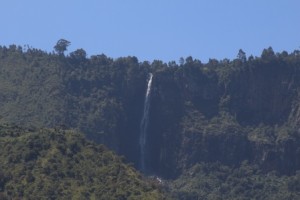
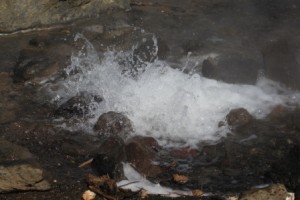

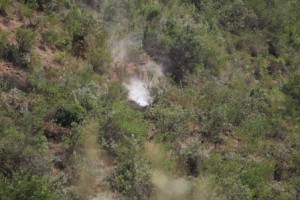
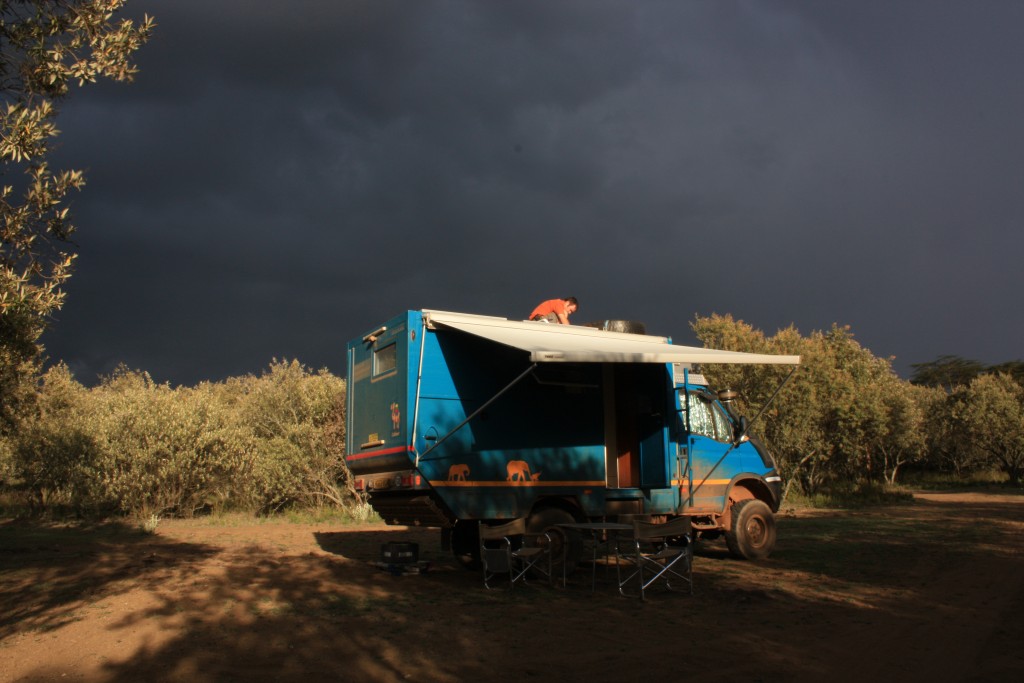
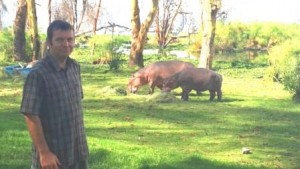
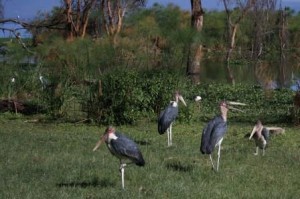
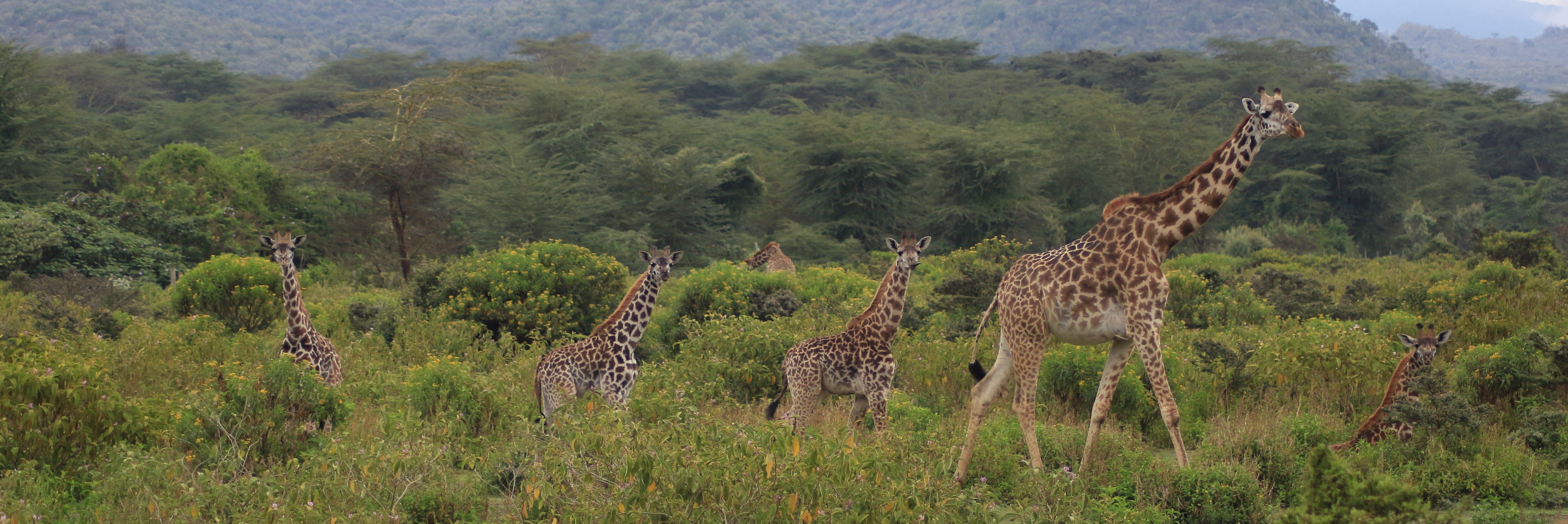
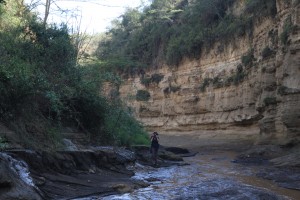
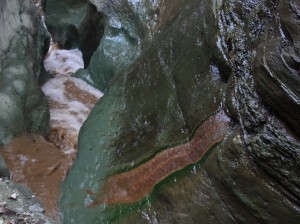
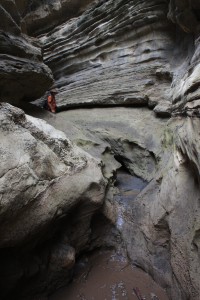
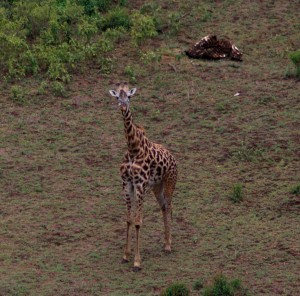
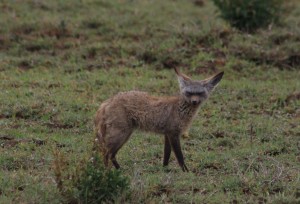
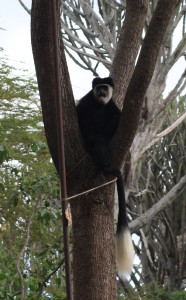
![20141224_093257[1]](https://tuckstruck.net/wp-content/uploads/2014/12/20141224_0932571-150x150.jpg)
